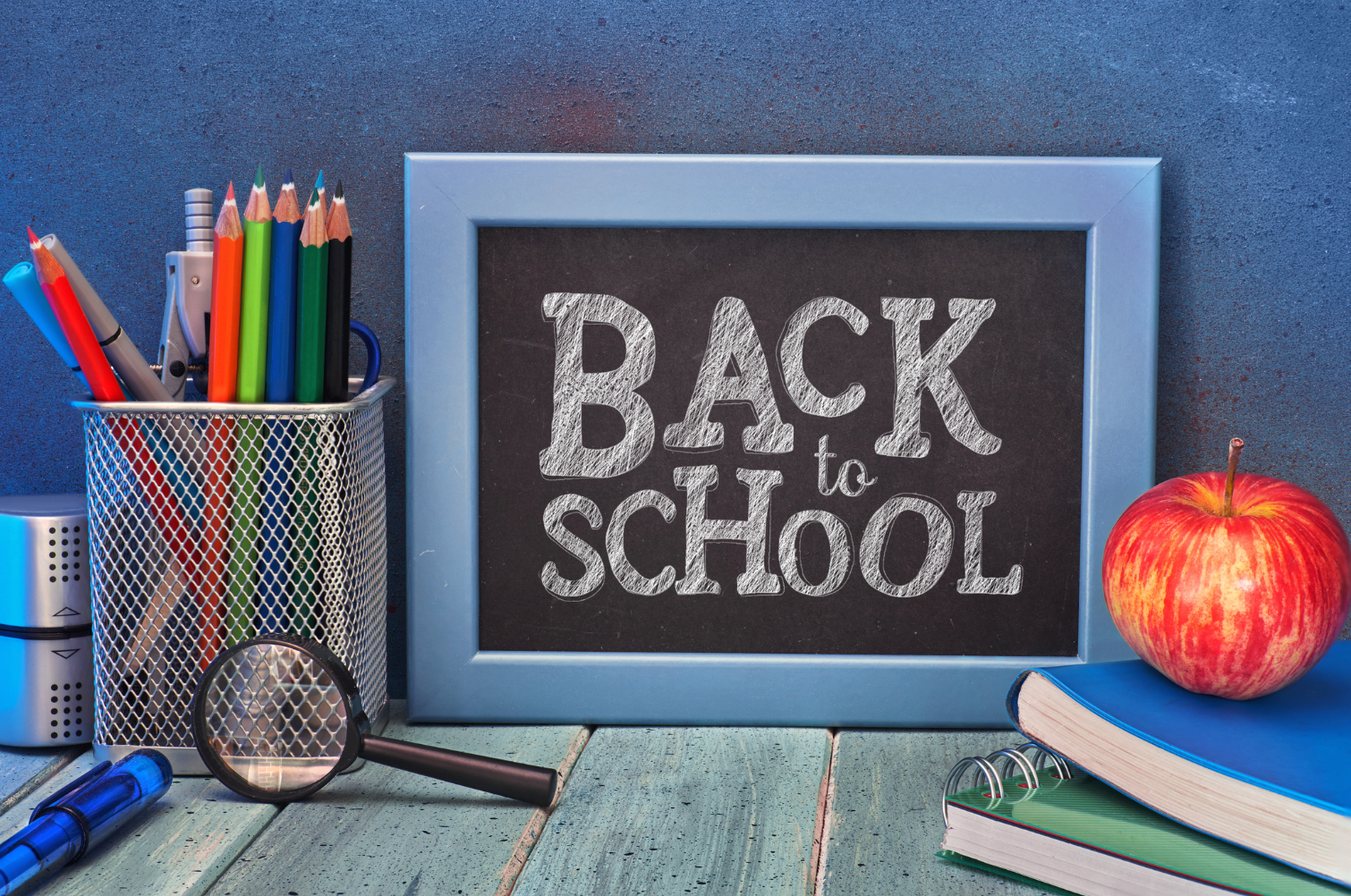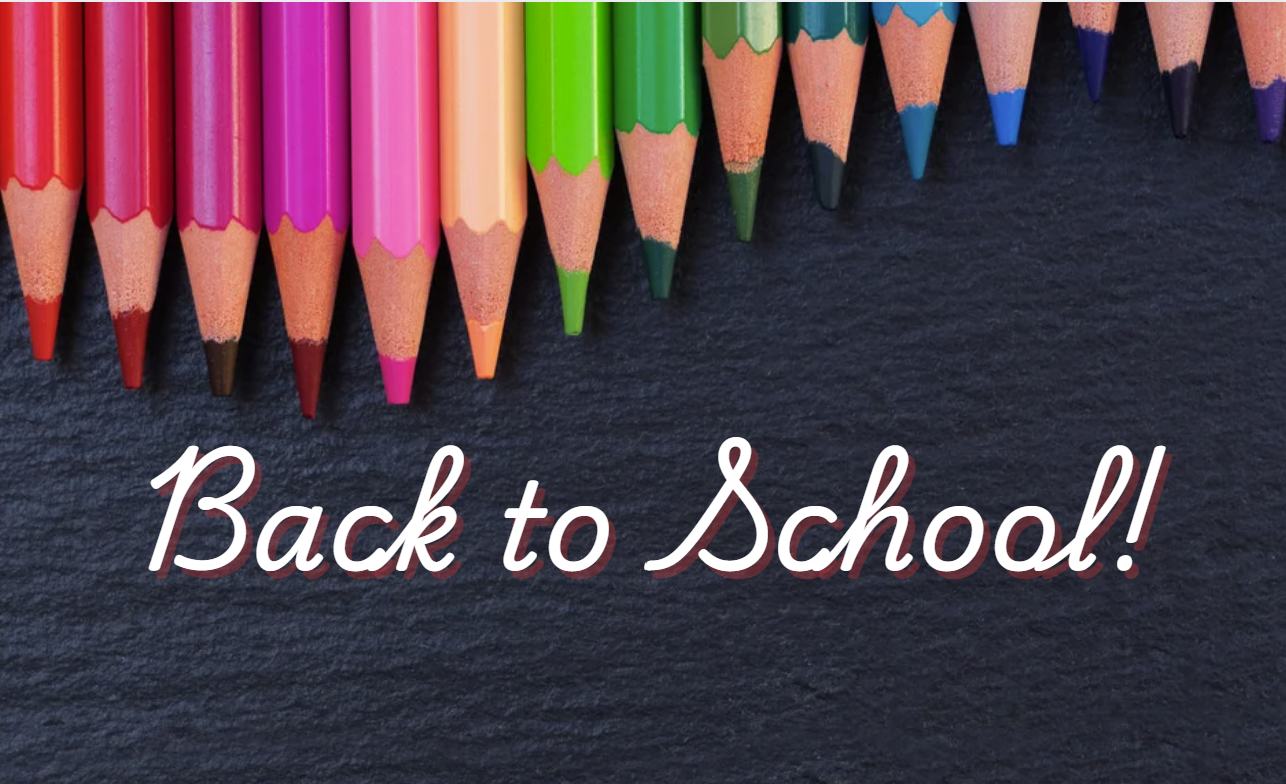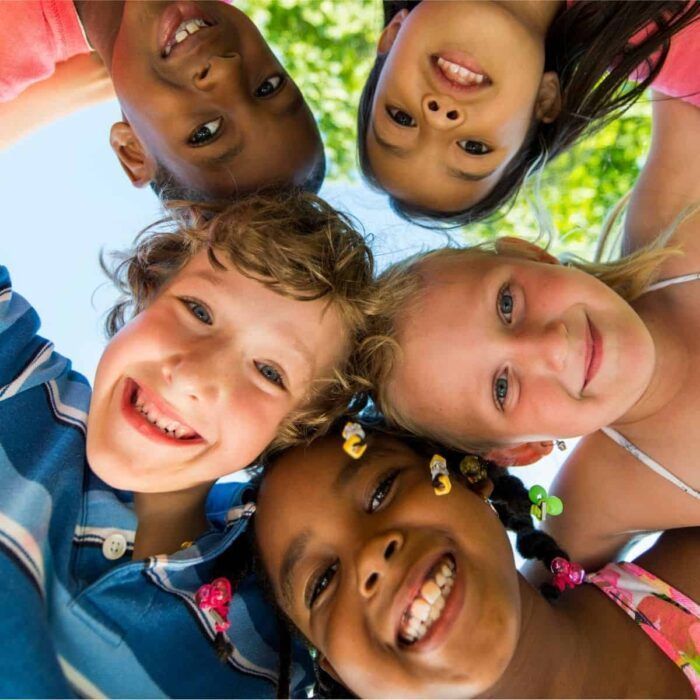Blog

Summer vacation is finally here! For many kids, the anticipation of a break from school has been building up for some time, but now that the end-of-school parties, graduations, and celebrations are over, that freedom can feel overwhelming. Kids of all ages benefit from structure, and when the school-day flow goes out the window, so does their sense of security. This might look like increasing power-struggles, heightened emotions, a harder time self-regulating, or rising conflict around screentime, mealtimes or bedtime. If things are starting to bubble up, fear not! The first step in creating a summer rhythm that works for your family means looking at each family members individual capacity and need. Consider things like work schedules, summer camps, energy levels, sleep needs, weather (I know I don’t have to tell you about Texas summers!), family chores, social battery, and neurodivergence (kids with exceptionalities like ADHD, anxiety or Autism have a higher need for structure and predictability). Here are a few simple ways to construct a summer routine that works for your family. 1. Maintain consistency Build the core of your schedule around consistent routines such as wake-up time, mealtimes, nap/quiet time, household chores, screentime and bedtime. Think of these as the non-negotiables of your day, because if they start to go you can expect an uptick in boundary pushing and challenging behaviors. Creating a predictable framework is crucial- it is the foundation that allows for variety, flexibility and exploration without dysregulation. 2. Create visual schedules Offer predictability by showing kids what to expect through a visual schedule. If you have young children, create a simple daily flow with drawings of each activity. For older kids, you can use words and/or images, and expand to a weekly flow. Make a way for them to check off each activity. Keep a separate monthly calendar with a way to mark off each day. This calendar will help kids navigate the break as a whole: showing trips, summer camps, family visits etc. Planning in advance allows you to go over the schedule as often as needed to solidify the routine and set the expectation. 3. Be strategic As you create your daily rhythm, think about planning non-preferred activities before preferred activities. This will increase motivation to get the “boring” things done. Perhaps morning chores must happen before the walk to the park, or the trip to the grocery store must happen before you head to the neighborhood pool. Perhaps summer learning must be complete before daily screen-time is available. Every family and child’s needs are different, so think about what works for you and plan strategically to minimize parent-child conflict. 4. Spend time outdoors Time outside is all-around regulating! It doesn’t matter if it is a walk around the neighborhood, sprinkler-time in the backyard, swimming at the pool, or play at the park- being outside gives kids the chance for movement, sensory input, and child-led exploration. Spending time outdoors reduces stress and anxiety, increases executive functioning, encourages independence and supports good sleep habits. In Texas, the summer heat can be draining, but carving out time to be outdoors when it’s not too hot will make a big difference in your day. 5. Leave time for boredom In a time where screens are always an armlength away, the creativity, imagination and intellectual growth that boredom urges are at risk of extinction. Some people might push back against the idea of scheduled screentime, but if you have healthy, consistent and predictable limits around screens, you can protect the good, old-fashioned boredom that leads to some of life’s greatest joys and discoveries! Safeguarding time for boredom will support kids’ inherent curiosity, exploration and innovation and lead to independent, creative thinkers and makers. Creating structure doesn’t mean scheduling every hour of every day, but rather building a routine that offers consistency, predictability and follow-through. Dr. Maria Montessori said, “External order creates internal order, and this is a significant foundation to the intellect.” In constructing a framework for your summer routine, you are providing the external order that allows for the development of independence, creativity, internal order, and of course, the spontaneity that summer brings!
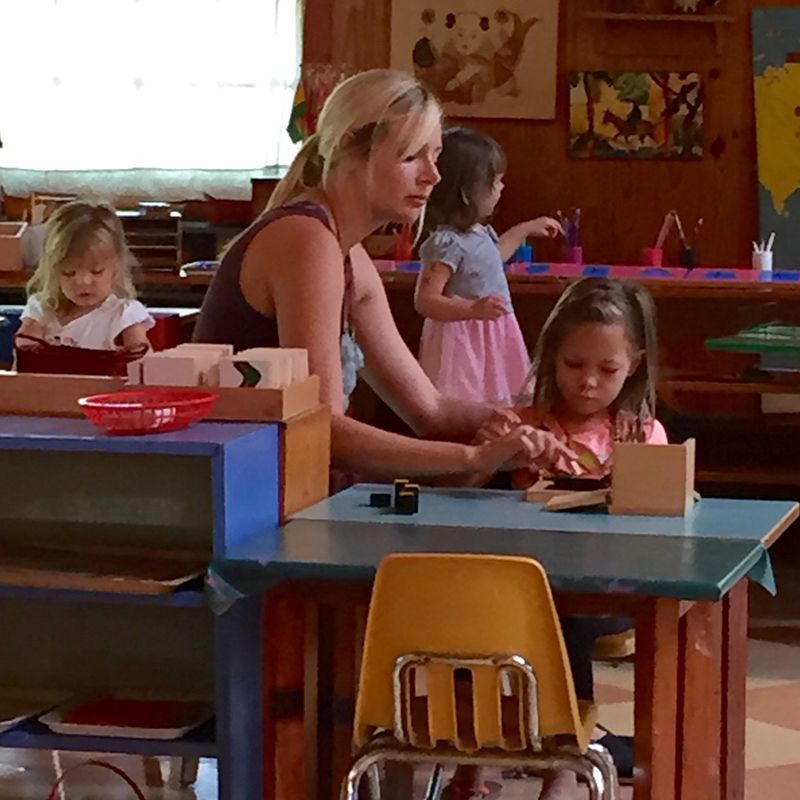
What, exactly, is the role of the Montessori teacher? How is it so different from that of any other teacher? Sometimes it’s easiest to begin by explaining what a Montessori teacher isn’t. A Montessori teacher is less like the traditional idea of an instructor, and more like a gentle guide. They don’t consider it their job to give a child information. They rather lead children in the general direction and give them the tools they need to find the information themselves. Maria Montessori once said, “The greatest sign of success for a teacher...is to be able to say, ‘The children are now working as if I did not exist.’” Montessori Teachers Cultivate Independence In a Montessori classroom, rather than seeing a teacher at the front of the classroom giving the same lesson to every child, the teacher will be working quietly with individual children or small groups. While that is happening the rest of the children are free to spend their time doing the work that calls to them. A Montessori teacher works hard to create structures that allow children to be independent and to trust themselves as learners. One large part of what a Montessori teacher does is to intentionally prepare a classroom environment that is developmentally appropriate, is inviting to children, and supports them on their journey to work independently. This environment is constantly changing in tiny ways as the teacher notices new and evolving needs of the students. Montessori Teachers are Trained to Think Like Scientists Parents should know that Montessori teachers are highly trained. Most have recognized Montessori credentials in addition to their college degrees. Montessori certification programs are intensive and demanding; one might compare them as being the equivalent of another college degree. These training programs don’t just teach Montessori educators how to use the specialized materials; there is extensive coursework about Montessori philosophy, child development, and integrating the arts. When it comes to assessments, Montessori teachers don’t rely on standardized tests; they rely on the power of observation. They have notebooks brimming with evidence of what their students have mastered, need more support with, and are curious about. They are constantly recording what they notice children working on, how that work is being executed, and ideas they might have in anticipation of a child’s next steps. Montessori teachers literally sit beside a child and determine exactly what they know about a wide range of content areas. Montessori Teachers Think Long-Term Because of Montessori’s three-year cycles, teachers have the unique ability to consider their big picture when working with students. There is a natural tendency to allow the children to genuinely learn at their own pace. Getting to know a child and their family well over the course of a few years really supports this approach. Montessori Teachers are Often Called ‘Guides’ ...and for good reason. While children in Montessori classrooms have an abundance of choice in their educational pursuits, Montessori is based on the idea of ‘freedom within limits’. It’s the Montessori teacher’s job to carefully craft those limits. Children rely on having a certain amount of structure in place. This gives them comfort and a safe place in which they can take risks and try new things. Montessori teachers set some boundaries and then carefully help students navigate within them. What if your second grader loves to read but tends to avoid math? Their Montessori teacher will find ways to ensure the math still gets done. Sometimes this involves a gentle discussion with a child about time management skills, priorities, or setting goals. Sometimes the teacher will find a way to integrate the child’s interests into the less desirable work. Sometimes all it takes is a minor change in the environment. Montessori teachers gives children freedom, but they assist children in finding their way to success in this environment. Montessori teachers value independence, self-reliance, and intrinsic motivation. They also value cooperation, kindness, and strength in community. Still curious? Call us to set up an appointment today to observe in a classroom. See what Montessori is really all about.
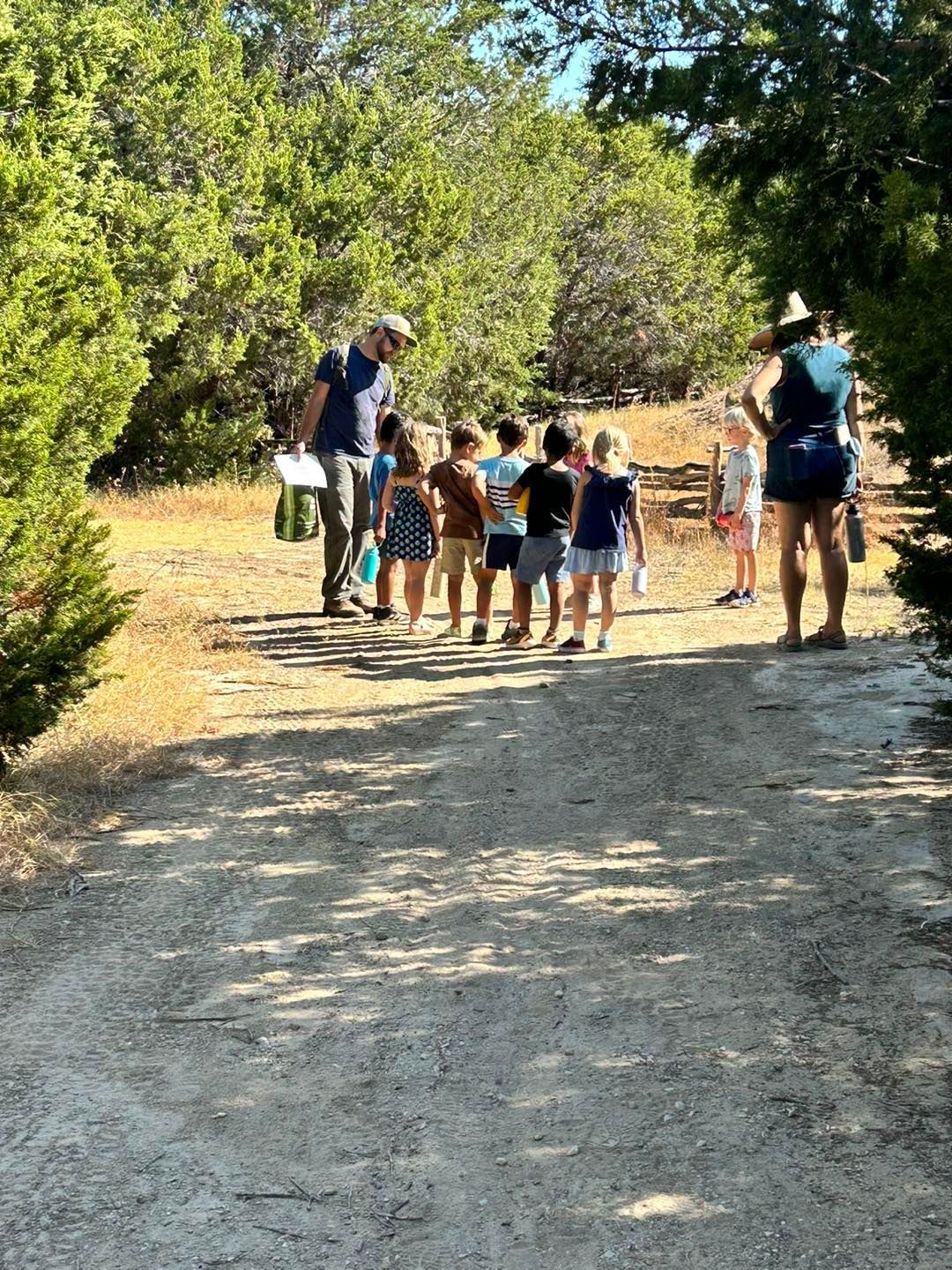
One hallmark of a Montessori education is the use of multi-age classrooms. Infants and toddlers may be together or separate, with a toddler classroom serving children 18 months to three years. Primary classrooms are for children ages 3-6, with preschool and kindergarten-aged children together. The elementary years serve children ages 6-12; some schools separate into lower (6-9) and upper (9-12) elementary, while many split elementary into two groups. Even Montessori middle- and high-school students learn in multi-age classrooms. While Montessori is not the only type of education that utilizes this approach, it’s not what most people are used to. What are the benefits of structuring a classroom this way? Read on to learn more... Learning at an Individual Pace Children in multi-age classrooms tend to have a little more flexibility when it comes to mastering skills within a specific timeframe. We know that learning is not linear, and that learners have periods of significant growth, plateaus, and even the occasional regression. In multi-age classrooms, children are typically able to work at their own pace without the added pressure of keeping up with the whole group, or even being held back by the whole group. When children in a classroom range in ages, everyone has someone they can work with, regardless of their skill level. Children don’t feel left behind if they struggle with a concept, and they also don’t feel bored by repetition of something they have already mastered. Teachers who teach in multi-age classrooms typically have deep knowledge for a range of developmental abilities, leaving them well-equipped to differentiate instruction for each individual child. Building Stronger Relationships Traditionally children move from one class to the next each year. This means not only a new set of academic expectations, different routines, and different classroom structures, but a different teacher. In multi-age classrooms teachers have a longer period of time to get to know a student and their family, and vice versa. When teachers really get to know a student, they are able to tailor instruction in regards to both content and delivery. They know how to hook a specific child onto a topic or into a lesson. They know what kind of environment a child needs to feel successful. Parents have an opportunity to get to know teachers better this way, too. If your child has the same teacher for two or three years, the lines of communication are strengthened. Parents get to know the teacher’s style and expectations. The home to school connection becomes more seamless, and the biggest beneficiary is the child. Mentors and Leaders When a child spends multiple years in the same class they are afforded two very special opportunities. Children who are new to the class are fortunate enough to be surrounded by helpful peer mentors. Children often learn best from one another, and they seek to do so naturally. First and second year students watch as the older children enjoy advanced, challenging work, and this inspires them. They look to the older children for guidance, and the older children are happy to provide it. After a year or two in the same room, students have a chance to practice leadership skills. In Montessori classrooms, the older children are often seen giving lessons, helping to clean up spills, or reaching out a comforting hand to their younger friends. The best part is kids make the transition from observer to leader in their own time. It doesn’t happen for all children at the same time, but when it does it’s pretty magical to observe. Mirroring Real-Life There is no other area in life in which people are split into groups with others who are exactly their chronological age. Whether in the family, the workforce or elsewhere, people ultimately need to coexist with people older and younger than themselves. Doing so makes for a more enriching environment, replete with a variety of ideas and skills. Why not start the experience with young children in school? Moving On While staying in the same class for multiple school years has many benefits, a child will eventually transition into a new class. While this can feel bittersweet (for everyone involved!) children are typically ready when it is time. The Montessori approach is always considering what is most supportive of children depending on their development. When formulating how to divide children into groupings, Maria Montessori relied on her ideas about the Planes of Development. There are very distinctive growth milestones children tend to reach at about age 3, another set around age 6, and yet another at age 12. The groupings in our schools are intentional, and they give kids a chance to feel comfortable in their community, while also preparing them to soar forward when the time is right.


